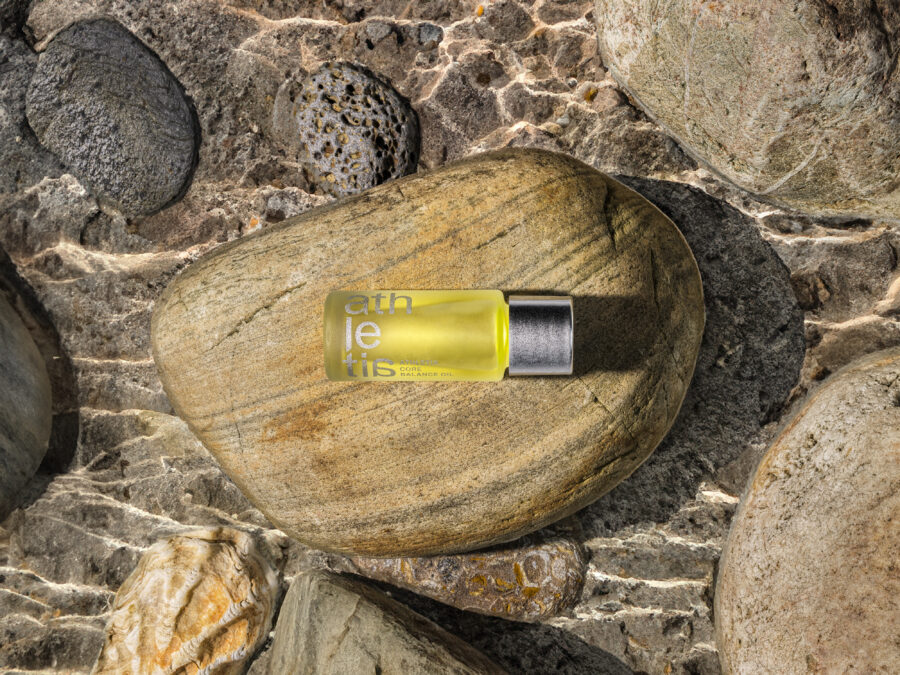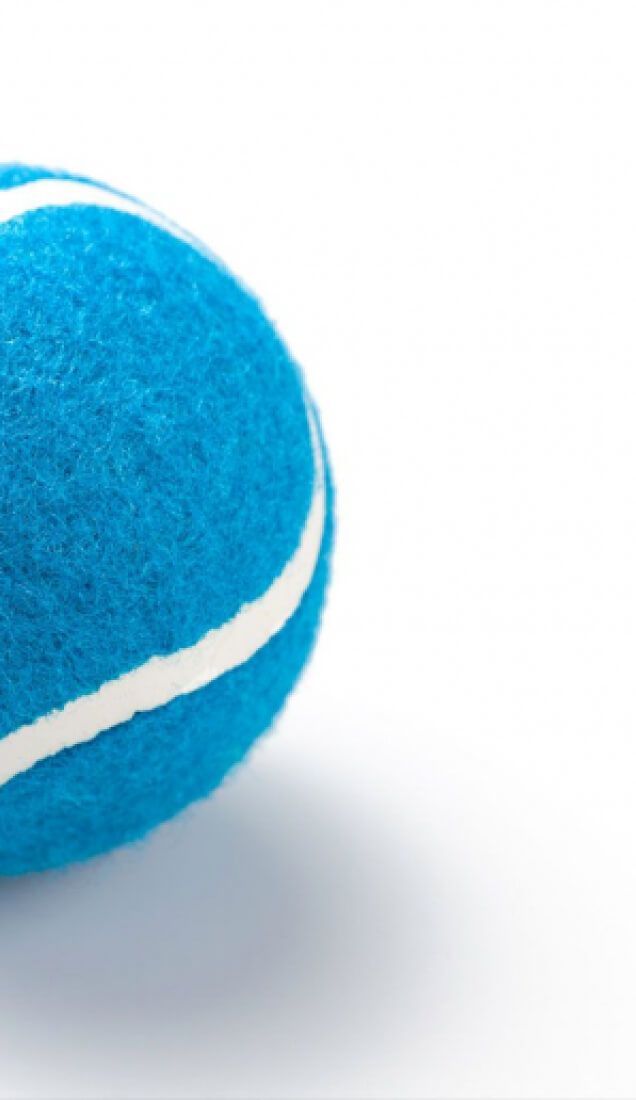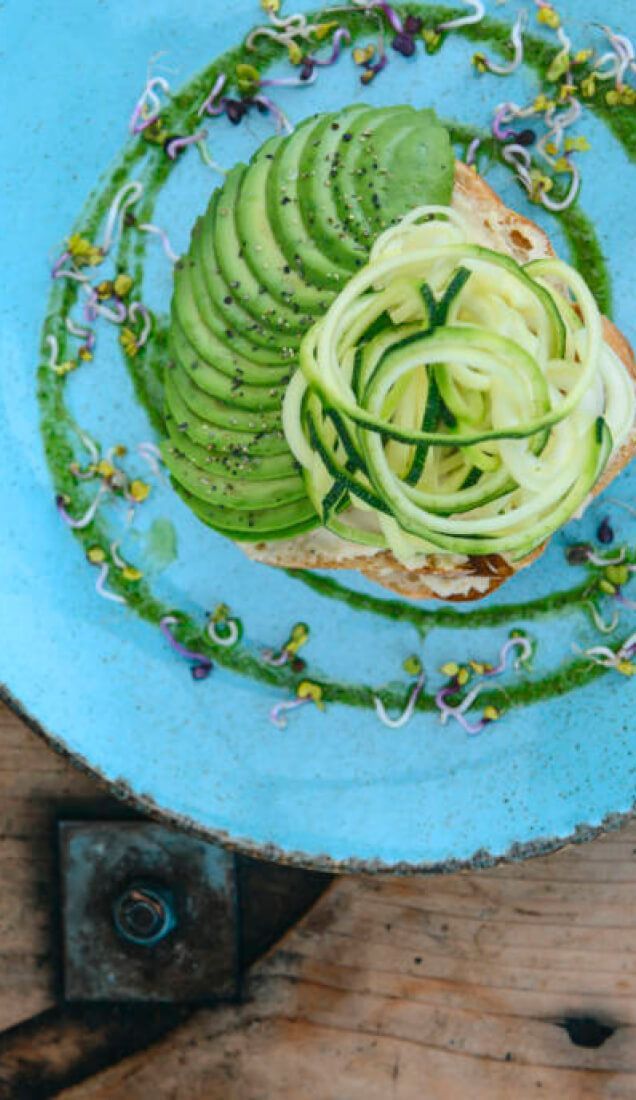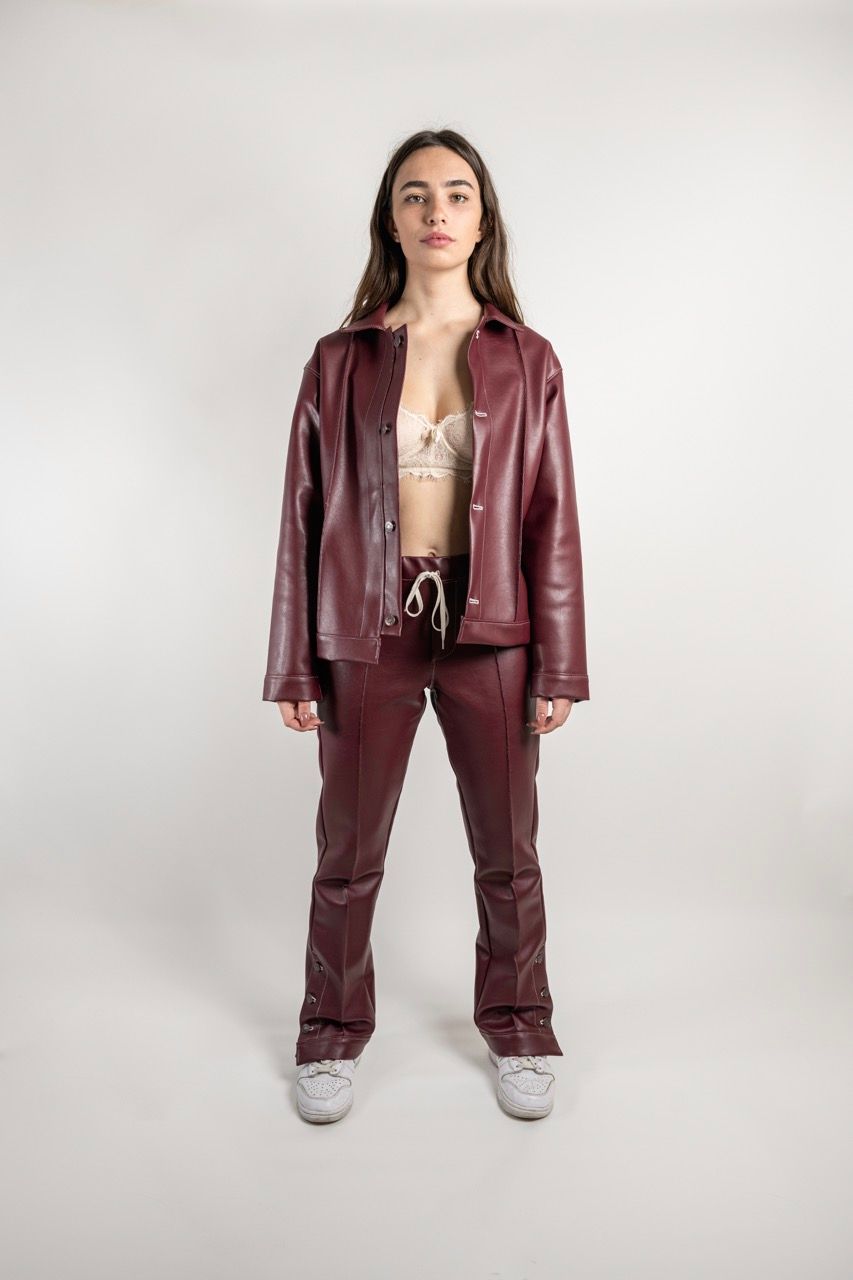Inside The Industry: Beauty Industry Consumer Trends for 2025
October 3, 2024
Beauty consumers are now more informed than ever, shaping the way in which brands are communicating with shoppers. In the coming year, we can expect to see an increase in the demand for hyper personalisation, sustainable ingredients and production practices, fueling developments in science and tech.
Consumers Demanding Transparency
Across all industries consumers are calling for greater transparency. For beauty and cosmetics, this means providing more detailed product information that showcases the ethical nature of ingredients and brand values.
Consumers now approach beauty products in the same way they would nutrition, exercise and supplement choices, shifting their focus towards ingredients and functionality. In fact, the convergence between beauty and nutrition is deepening as consumers gain a better understanding of the gut-mind-skin connection. Mintel’s beauty trends report for 2025, notes how we will see the focus on ingredient safety grow in the coming year, as consumers pay greater attention to environmental factors. Brands like The Ordinary anticipated this shift, incorporating ingredients into their branding and packaging strategy. In 2022 the brand even went as far as to announce plans to increase the price of certain products on their social channels, two weeks ahead of the rise; stating, ‘we wanted to share news of this change with you before it happens, allowing you the time to purchase products at their current price over the next two weeks.’ It’s this type of radical transparency that has helped the brand to build a fiercely loyal customer base.
Tackling Sustainability Through Biotech Innovations
Sustainability is now the norm, rather than the exception. Over half (61%) of consumers expect brands to take the lead in addressing environmental issues, and 55% agree that recent climate disasters have made them more determined to make sustainable choices. The ever increasing demand for sustainable products has expedited developments in biotech, which, for the beauty industry, involves harnessing the power of living organisms, like plants and microorganisms, to replicate in the lab. Biotech offers a more sustainable sourcing process, making use of plant tissue culture techniques rather than relying on traditional methods of harvesting that deplete natural resources.
Palm oil is one of the most widely used ingredients in the beauty and cosmetics industry, commonly found in soaps, shampoos and lipsticks. However, large scale palm oil productions often replace tropical rainforests, leading not only to deforestation, but to the destruction of biodiverse ecosystems. According to research published in CABI Agriculture and Bioscience, deforestation accounted for around 30% of global warming-related pollution emissions in 2009. Some beauty brands have now committed to using sustainable palm oil certified by the Roundtable on Sustainable Palm Oil (RSPO). However, the RSPO certification has faced criticism for not being stringent enough and for allowing certain unsustainable practices to continue, which begs the question as to whether the certification is merely just another example of greenwashing within the industry.
Last year, C16 Biosciences launched its first consumer product using Torula oil as a palm oil alternative. Co-founder and CEO Shara Ticku noted that the use of palm oil is an issue the industry has struggled with for nearly a decade, but thus far has failed to show meaningful action. Torula oil is a luxe emollient made from yeast as opposed to trees, containing antioxidants with the potential to ‘help promote skin barrier function and maintain glowing skin.’
Biotech practices require less land, water and energy than conventional methods, whilst reducing the reliance on animal-derived products. Cellular agriculture, for example, allows for the production of cultured ingredients like collagen or silk proteins, without the need for traditional animal sources; providing a cruelty free alternative. These science driven production methods are leading to a rise in the number of ‘professional’ influencers we now see, with brands utilising dermatologists and skincare experts to validate their claims.
Clean Beauty: Embracing The Natural
More shoppers are looking for products promoted as natural and organic, 58% to be exact, according to a survey from Nosto, with a further 68% of those surveyed stating that they are influenced to purchase products labelled as ‘clean.’ The clean beauty market will continue to grow in 2025, expected to reach a whopping US$14.36 billion by 2028.
Not only are consumers seeking products with natural ingredients, but are embracing their natural beauty; with the number of Google searches for ‘pimple patches’ growing three times globally between 2020 and 2022. TikTok is in part to thank for the shift, offering all beauty enthusiasts the chance to become content creators and propelling the growth of authentic user generated content.
TikTok Will Continue To Be The Product Discovery Platform
TikTok has become the platform for product discovery, particularly for beauty and cosmetics brands. The entertainment and social app commissioned Nielsen to run Marketing Mix Models, finding a 96% higher paid media ROAS in the US compared to all other digital media measured. Whatsmore, post-purchase analysis by Fairing has shown TikTok to be the fastest growing channel for product discovery, with the hashtag #TikTokMadeMeBuyIt amassed over 42.4 billion views. In 2022 consumers stated that nearly 15% of product discoveries began on TikTok, compared to 4% in 2021.
THG cited research from The Fashion Network showing TikTok to be the social media platform with the strongest impact on growth for beauty brands, recording an increase of 176% year on year. The platform also offers brands a chance to demonstrate transparency in leveraging the trust and credibility of the influencer, sharing unpolished content and genuine product reviews with audiences.

Hyper-Personalisation
According to Statista, 2021 was the biggest year on record for personalised beauty brands, with startups raising over $1 billion in funding. McKinsey’s Next in Personalisation report revealed that 71% of consumers expect companies to deliver personalised interactions, reflected in the fact that faster growing brands have been shown to drive 40% more of their revenue from personalisation than their slower growing counterparts.
Nosto research into the factors that drive brand loyalty within the industry revealed online quiz-like experiences in which consumers are recommended the right products for their needs was a factor for 58% of survey respondents. L’Oréal’s Color & Co for Hair Needs provides consumers with a three question survey regarding their hair care needs, followed by a ten minute video with a professional hair colourist, after which the consumer receives a personalised dye kit in the post. Similarly 45% of respondents cited the use of VR/AI as a factor, enabling consumers to try out a product online. Yves Saint Laurent are among the brands implementing AR tools, offering website visitors the opportunity to try before they buy, using the virtual try-on tool to test lipstick, mascara, highlighter and more. To bring these experiences to their audience, brands are working with tech companies specialising in AI/AR solutions. According to a 2022 Statista report, developments within beauty tech are expected to increase beauty tech’s share within the cosmetics market from 1.8% in 2021 to 3.1% by 2026.








